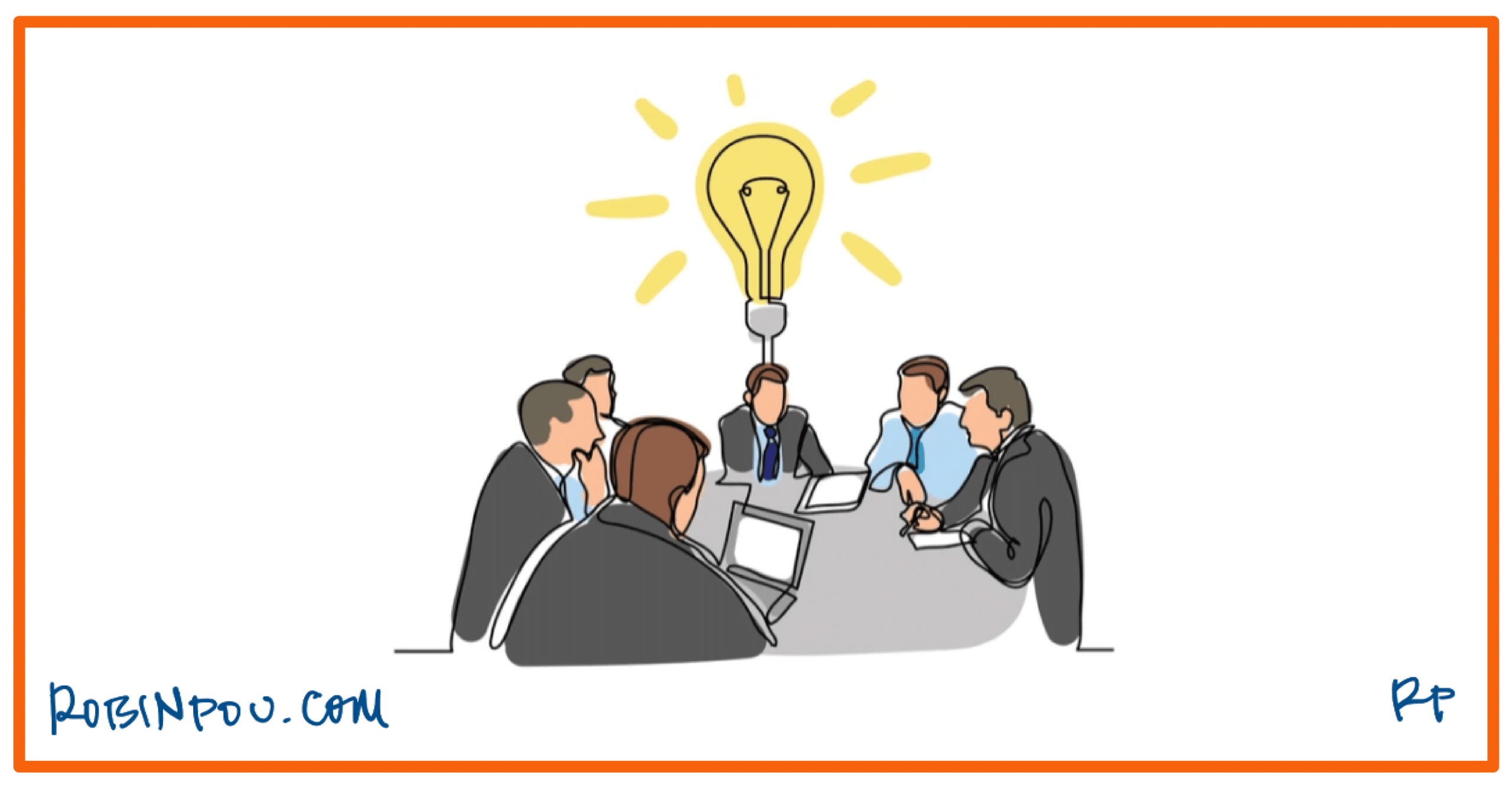Two Ways to Make a Decision. Use Both. (#232)

The Confident Leader
BOOST YOUR LEADERSHIP IN UNCERTAIN TIMES
In a recent coaching session, a CEO expressed frustration with his top producer’s response to the new sales compensation structure. The CEO had communicated one reason for his decision, but sharing the other reason would have made all the difference.
“We may think that our decisions are guided purely by logic and rationality, but our emotions always play a role in our good decision-making process.”
– Salma Stockdale (American author and communications expert)
This Week’s Edition
When making decisions, most leaders tend to favor one of two approaches. By utilizing both, your decisions gain more importance with a broader audience.
Clarify Your Thinking
The CEO, Sean, described his situation this way…
“Robin, we need to start 2025 with a new sales compensation structure. We have learned some lessons that require adjustments. Before I made my final decision, I researched and sought internal feedback on the options.”
“That sounds like a thoughtful approach. What’s the problem?” I asked.
“Well, my top sales leader doesn’t like the changes. He thinks the new compensation plan is not consistent with the market,” Sean offered.
“Well, is it consistent with the market?” I asked.
“Partly,” Sean said, “however, market considerations weren’t the primary driver for my decision. I did share my logic, but that didn’t persuade him. He thinks his ‘logic’ is better.”
Old Thinking: My answer is right. Why doesn’t my team see the logic in my decision?
New Thinking: Even though I think my answer is right, it’s possible that someone else believes their answer is logically correct, too. Both can be true. What might break the tie?

Thoughts Lead to Actions
The Myers-Briggs personality assessment is a powerful tool for understanding how people are wired. Related to decision-making, people are wired to prefer one of two preferences:
- Values-based decision-making (referred to as the Feeling preference)
- Logic-based decision-making (referred to as the Thinking preference)
In Sean’s situation, both he and his top salesperson were considering the new compensation plan from a logical perspective. They were simply applying different logic.
Sean: “This is the logical plan to motivate all the salespeople.”
Top Salesperson: “This isn’t logical. It’s not market rate.”
After sharing the Myers-Briggs decision-making preferences, Sean experienced a moment of revelation.
“Sean, what value were you protecting or promoting by designing the sales compensation plan the way you did?” I asked.
“Well, we’re currently a relatively small sales team. We need to work together to maximize our potential. We can’t shift to an every-person-for-themselves model like the market often adopts. We must collaborate to succeed. Therefore, I included incentives in the plan to encourage teamwork,” Sean explained.
“Have you shared that rationale with your top salesperson?” I asked.
“No, I haven’t. In fact, I’m just now realizing that it played a significant role in my decision. I’m sure this will resonate with him since he understands how valuable our collaboration is for success in our industry. It gives us a competitive edge.”
Enhance your decision-making effectiveness and the related communication among your team by incorporating your rationale for the decision, including both logical and values-based reasoning. Address both types of decision-making preferences present in your team, as outlined by Myers-Briggs.
Boost Your Performance
Watch this week’s video to find out how Sean’s second conversation went with his top salesperson.

What’s Your Opinion?
Do you know your decision-making preference? Do you prefer making decisions based on logic or values? Share it with me at robin.pou@robinpou.com.
If you are going to be a leader, you might as well be a good one. Don’t let doubt count you out. Have a confident week!

Robin Pou, Chief Advisor and Strategist
We live to make bad leadership extinct so forward this newsletter to others who strive to be confident leaders.
SUBSCRIBE TO THE CONFIDENT LEADER
Let’s Connect
Follow me on Linkedin, Facebook and Twitter.
What is “The Confident Leader”?
During the Covid-19 Pandemic, I began a video series called “Panic or Plan?” It was designed to equip leaders to navigate the doubt they experienced and to rise in the confidence they needed to lead during turbulent times. It took off. I then started this newsletter to equip leaders in the same fashion each week for the doubt that crashes across the bow of their leaderSHIP.

